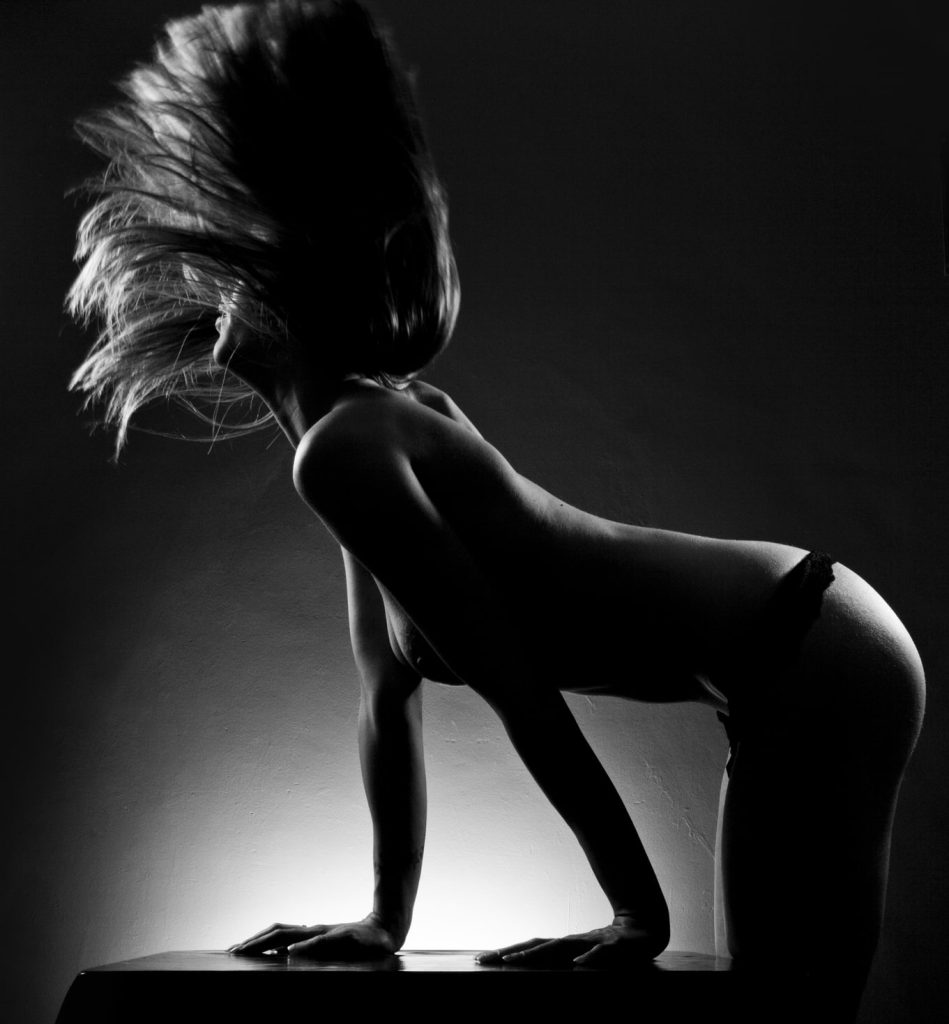Butch girls have a long, hidden history of oppression and discrimination. They face challenges both outside of and within their community. Despite being portrayed as misogynist by certain brands of lesbian feminism in the 1980s, butch/femme culture has seen resurgence since then.
Young butches continue to explore their gender presentation fluidly, moving between feminine and masculine expressions as they please. They’re reclaiming the term from pejorative associations to describe their own power and self-expression.
Femininity
Butch/femme lesbians have a special place in the queer community. While they are often viewed with suspicion and sometimes even subjected to overt homophobic violence, they are an important part of the LGBTQ2Q+ community. The terms butch and femme made a comeback in the 1980s as sexually empowering words for working class lesbians, particularly those in the ballroom scene. Butch girls embraced a masculine image while also claiming their gender identities and asserting power in their relationships.
Butch/femme has a long, hidden history in the LGBTQ2Q+ community that is still being explored today. From its beginnings in working-class lesbian bar culture of the 1940s to its resurgence in the 1990s, butch/femme is a unique form of lesbianism that can involve wearing male clothing and occupying spaces traditionally reserved for men. Unlike many heterosexual cultures, queer communities allow space for those who deviate from the norms of femininity and masculinity. This gives room in queer culture for drag queens, trucker dykes and anything found in between.
Masculinity
Historically, butches were exposed to the most brutal forms of discrimination and oppression. They were often the targets of violent attacks and street harassment. This experience shaped their sexual and emotional identities. Their gender expression tended to lean toward masculine, with some lesbians even adopting the sex symbol of a cross.
This culture of butch lesbians grew in the 1940s and 1950s. They would hang out in working class bars to explore their identity without being seen by the mainstream society. This led to the creation of terms such as bull dyke, sport dyke and stud.
Butch culture continues to thrive in the queer community today. It is not limited to women, but also encompasses men and transgender individuals. The inclusion of a butch flag in the queer community is a sign of solidarity and acceptance. There are a number of different ways to express butchness, and it is up to each individual to decide how they want to define their expression.
Relationships
Some butches and femmes find comfort in embracing masculine gender presentation, while others may define butchness in other ways. Gender presentation can be complex, especially within the lesbian community. Butch and femme roles came under attack during the height of the women’s and gay liberation movements. Butches were pressured to tone down their masculine presentation while femmes were encouraged to embrace femininity.
Butch lesbian representation increased with the 1993 publication of Leslie Feinberg’s Stone Butch Blues, about a working class butch lesbian who lives in bar culture and faces homophobic violence. Feinberg used the term “stone butch” to describe lesbians who do not like their genitals touched.
There are many butch-identified people in LGBTQ+ communities. Besides lesbians, butches can be non-binary or genderfluid, and they can be transgender men in relationships with femmes. A sport dyke is a butch person who enjoys sports and wears baseball caps. A stud is a Black butch person. Some butches are also drag queens.
Support
The butch community is a safe space for lesbians who love men. They are often targets of violence and discrimination in society. This group is also known as lipstick lesbians or labrys lesbians. They have a variety of styles and clothing options, including skirts, dresses, and boots. They may also wear tuxedos or bow ties. They also love gold accessories and bucket hats.
Butch and femme identities have come under attack during the women’s liberation movement. During this time, butches were pressured to abandon their working-class masculine style and adopt a more feminine one in order to “fit in” with the rest of society. Femmes, on the other hand, were encouraged to tone down their hyper-feminine style in order to assert themselves as equal partners and to promote equality and sameness in their relationships.
These stereotypes have caused many butches to question their sexual identity and to feel isolated in their communities. As a result, butch and femme members of the LGBTQ community need to support each other.


